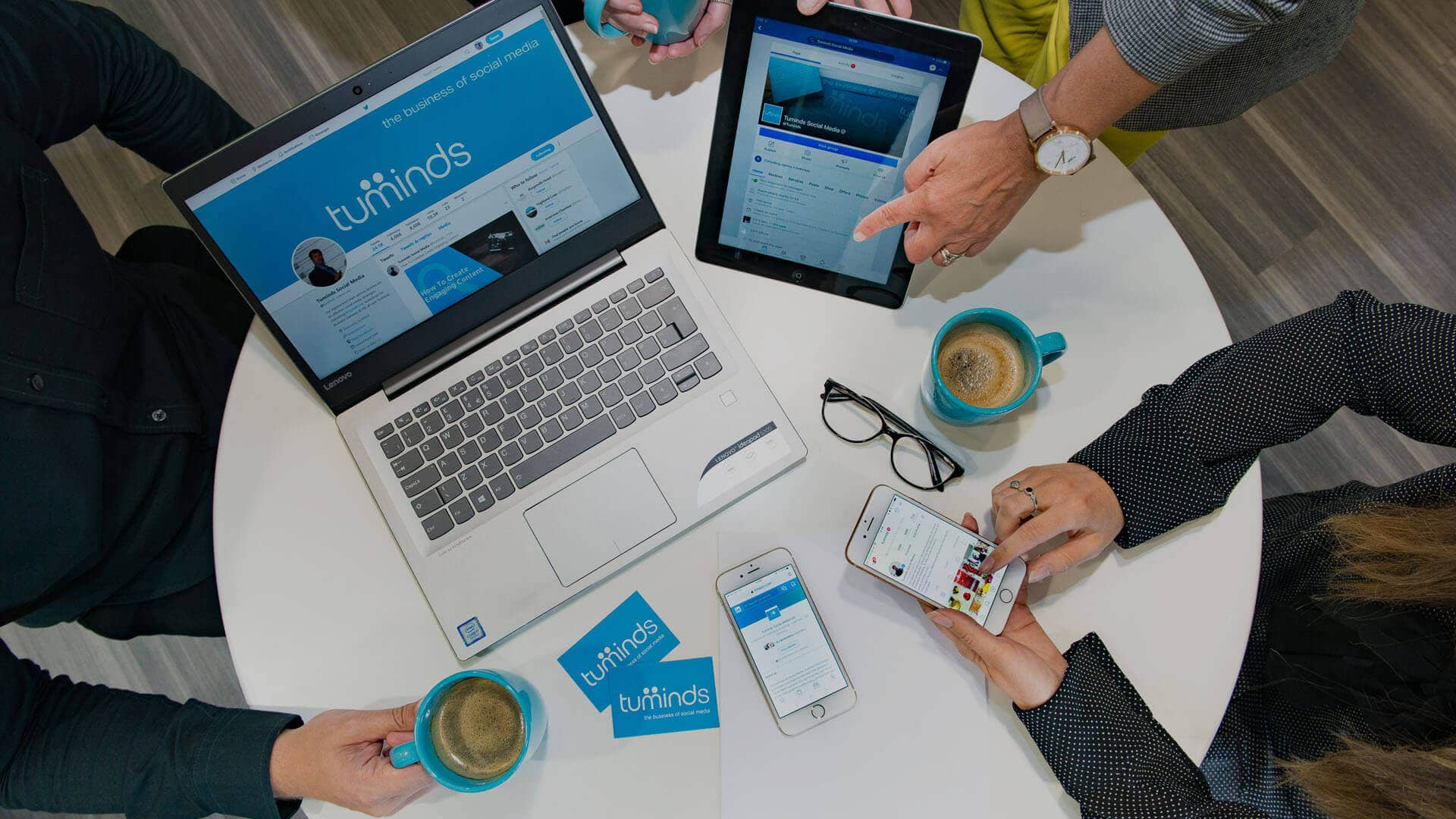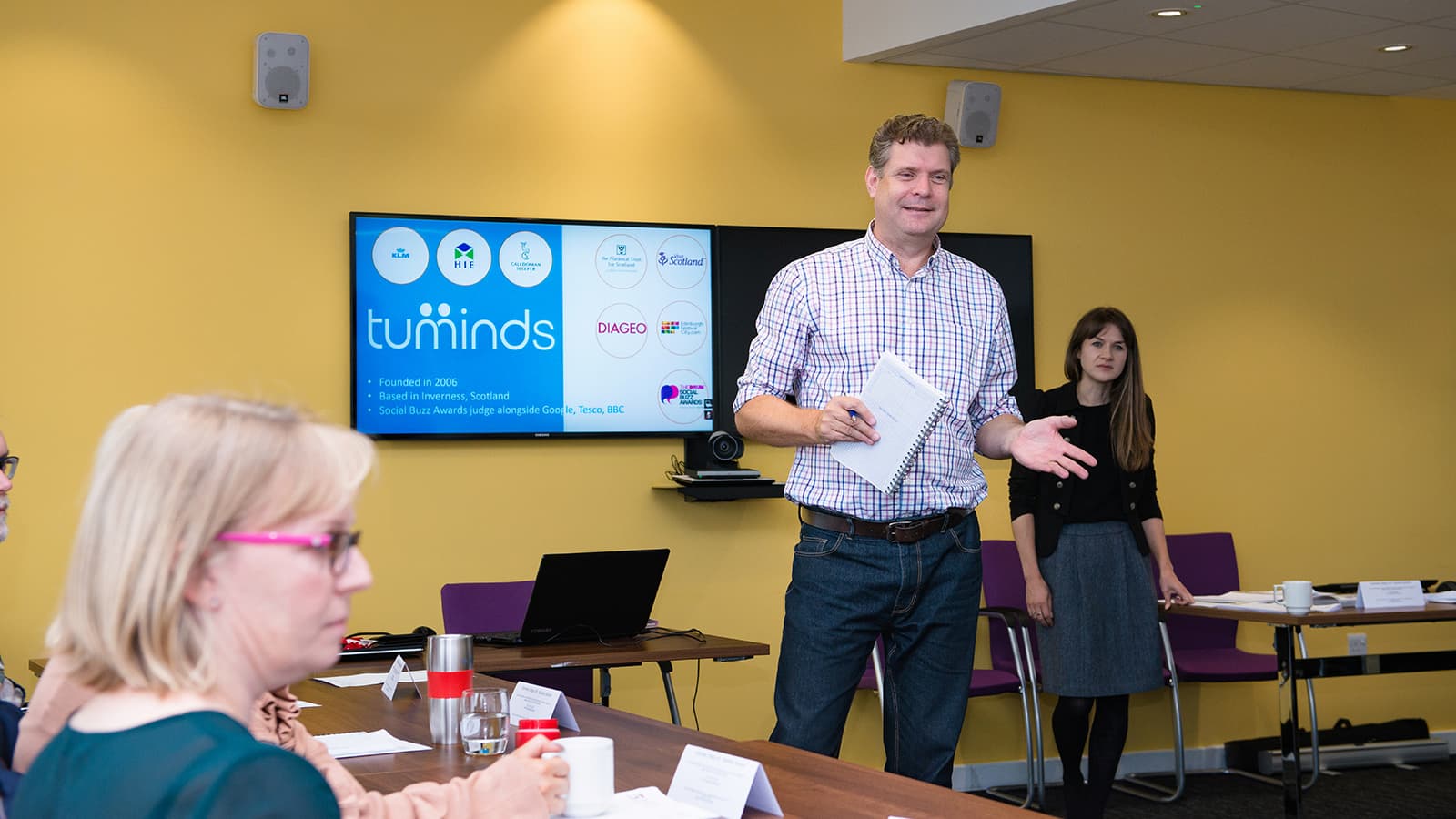“There are few parts of the world which possess such magic and mystery as the seas around Scotland. This is an area of breath-taking beauty with a character formed not only by the proximity of mountains and sea but also by the complexity of the geography and the geology, of the climate and the social history. It is a serene yet chaotic landscape in which every isle has a distinct personality. Each is an individual entity with differences so remarkable that the mere crossing of a short stretch of water can be like visiting another continent.” Hamish Haswell-Smith, ‘The Scottish Islands’.
Scotland’s islands are regularly voted some of the best in the UK and Europe. We are incredibly fortunate to have such stunning beauty, community and environment at the end of a short plane ride or ferry crossing. With over 790 different islands, only 95 are actually inhabited, with under 100,000 people living in tight knit communities each with their own distinctive personalities.
While our islands are considered some of the most beautiful in Europe however island economies are particularly fragile in comparison to the Scottish Mainland. A UK Government report in 2015 found that the cost of living for an average family of four on a Scottish island was 29% higher than an urban family living on the mainland UK. 62% of Scotland’s island inhabitants live in fuel poverty with heating costing typically 50 to 90% higher than across the rest of the UK.
Our island communities are heavily reliant on agriculture, construction, energy, fishing, aquaculture and the public sector as core employers. The private sector is mainly made up of micro-businesses, and self-employment and tourism is a major component of most island economies, helping to sustain them during and after the heights of the tourist seasons.
The Queen O’ the Isles
 This week I visited Westray, “The Queen O’ the Isles”, an island with an area of 18.2 square miles, the sixth largest of the Orkney Islands situated to its North. Westray is an island full of Neolithic and Bronze age heritage, best symbolised by the discovery in 2009 of the ‘Westray Wife’; a 4cm carved sandstone figurine reputed to be the only Neolithic representation of a human form to be found in Scotland.
This week I visited Westray, “The Queen O’ the Isles”, an island with an area of 18.2 square miles, the sixth largest of the Orkney Islands situated to its North. Westray is an island full of Neolithic and Bronze age heritage, best symbolised by the discovery in 2009 of the ‘Westray Wife’; a 4cm carved sandstone figurine reputed to be the only Neolithic representation of a human form to be found in Scotland.
With a population of around 600 people, Westray has so much to offer visitors and inhabitants alike from wonderful coastal walks to superb locally made chutneys and cheeses and of course fantastically talented craft artisans.
The purpose of my visit to Westray was, unsurprisingly, Social Media. I delivered a daylong session for both local businesses and community organisations to learn about how they can get the best out of digital technology and social media marketing to promote their products, services and offerings to both their local community and to a wider global marketplace.
I strongly believe that online technology and social media marketing can offer island communities a competitive advantage over mainland based businesses like no other form of marketing or business model. Having access to a global community via the internet will be crucial to the longevity and sustainability of our island communities.
Highlands and Islands Enterprise’s programme to roll out Superfast broadband to our most remote communities, such as Westray, is a crucial and much needed step in the right direction. By 2020 the Scottish Government wants to have delivered high speed fibre network broadband to the whole of Scotland aiming to deliver world-class connectivity for communities and businesses alike.
Therefore it is even more imperative that Island communities and businesses are prepared and able to take advantage of this massive potential to grow their economies and standards of living.
Who Visits Orkney?
Orkney attracted 142,816 visitors in 2012-2013, the majority of which were holiday visitors, spending in the region of £31 million. Nearly half of all visitors were residents of Scotland with around a third from the rest of the UK, the remainder of which were overseas visitors, according to a Visit Scotland survey conducted in 2013.
What influences people’s decisions to visit Orkney? According to the survey, more than half are interested in the local archaeology, history, environment and landscape. During their visit they will go to beaches, archaeological sites, they’ll go for walks, eat the local food and most importantly they like to buy local crafts and products.
72% of visitors that took part in this survey said they used the internet to research their visit in advance, with only 37% consulting tourist board brochures or leaflets. During and after their visit, nearly 40% of people shared their experiences online using social media, a third uploaded photographs and a quarter posted updates to their Facebook profile about their trip.
The information above is critical for businesses looking to promote and market their businesses and services to visitors to the island.
- The internet plays a crucial role in helping visitors decide how to spend their time on the island.
- Most visitors are attracted to visiting Orkney and its islands because of its rich, unique and inspiring landscape, archaeology and history.
- Most of Orkney’s visitors already live in Scotland, or the UK.
- These visitors want to buy Orkadian products.
- Visitors will share their experiences online and through social media while they are there and afterwards.
Although someone may only visit Orkney and its islands once and may only buy from you in person once, this doesn’t mean that your relationship with them is over once they board their flight or ferry back to the mainland. A satisfied customer has the potential to become a repeat customer, it just depends on whether your business decides to nurture that or not.
Which is where social media marketing comes in.
It has greater potential to reach a far wider group of people than traditional print media (which also costs you), advertising (which costs you again) and even email marketing (a closed off marketing tactic). Social media costs significantly less than traditional marketing approaches, it’s also a far friendlier and public form of marketing.
You have a much higher chance of encouraging someone to share a post from your Facebook page to their network of friends, than you do encouraging them to give an article in a magazine to a friend, show someone an advert in a newspaper or even share an email from their inbox to another person.
As people are sharing more and more of their experiences online, via social media, this is also providing a boost to Scotland’s islands. The tourism study found that 41% of tourists share the details of their trip on a social networking site and a third upload photos to these sites to share with friends, family, colleagues and the wider social community.
So what can you do?
If you have a business on an island in Scotland and want to tap into this global social marketplace, here are the 5 things Tuminds would recommend you do:
- Draw a rich, colourful and intriguing picture of your island for your followers. Focus on the history, heritage, its scenery, landscape, its people and lifestyle – capture people’s imaginations and inspire them to engage with you online (and hopefully offline).
- Use Social Media Advertising via Facebook, Instagram or Twitter to reach out to wider, targeted audiences in Scotland, well in advance of the tourist seasons to assist people in organising their holidays by providing them with reasons to visit you and your island.
- Help each other out. Why not band together with other businesses and organisations on your island community and help each other out by sharing, liking and commenting on one another’s posts – the way to be noticed on social is by having engagement with your content.
- Link, Link, Link – make it easy for potential customers or visitors by providing them with direct links to your website, to relevant information on accommodation, travel, activities, tours, directions to shops or the best beach. Use your unique knowledge of the island to create compelling content that people will want to read about, watch, and listen and ultimately share with their friends and family.
- Get onto Trip Advisor if you’re not already there to tap into the tourist market, set up a Facebook business page to give yourself presence and capture local and global audiences, get onto Instagram and share beautiful pictures and videos of your landscape and history, set up on Twitter to connect with other businesses and start conversations with potential customers.
And, if you’re not an island based business, but are a Scottish mainland business, why not help out our more remote, more fragile but truly beautiful, compelling and most admired parts of Scotland, by liking island businesses pages, sharing their content and promoting the wonderful places and people that make up our isles.



